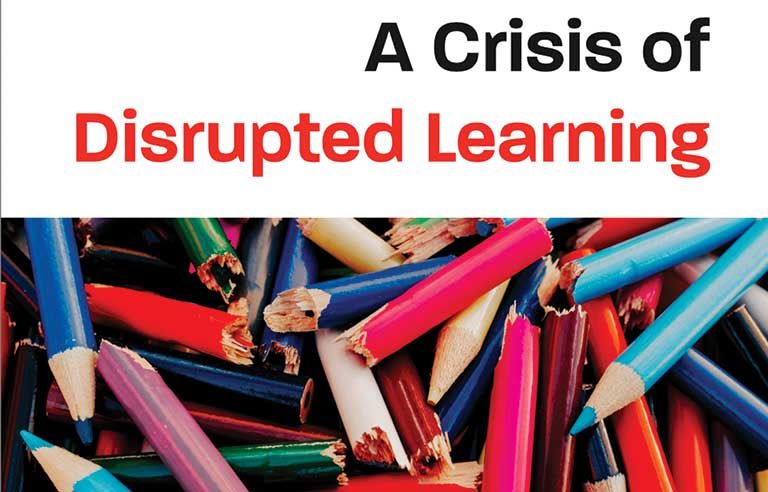‘A Crisis of Disrupted Learning’: Oregon teachers’ union report details hazards in the classroom

Portland, OR — Episodes of agitated student behavior – including verbal abuse of fellow students and teachers, as well as physical acts such as hitting, weaponizing school supplies, and destroying school or student property – may foster a “disrupted learning environment” that puts teachers’ safety and health at risk, according to a recent report from the Oregon Education Association.
Researchers surveyed more than 2,000 Oregon public school educators and gathered insight from about 700 educators, parents and community leaders during a series of statewide public forums in 2018. Among survey respondents, 1 in 4 reported they were scared for their own safety, noting that instances of escalated student behavior often forced them to “sacrifice” their well-being by either clearing a classroom or physically restraining a student.
“Educators spoke of an atmosphere of ‘violence’ that was ‘palpable,’ of ‘attacks’ that came regularly,” the report states. Some suffered serious injuries that necessitated taking short- or long-term medical leave. Others “have resorted to wearing protective gear such as bite sleeves or Kevlar equipment to prevent injury.”
Prolonged exposure to violent student behavior also has triggered emotional stress among some teachers. “Educators expressed feelings of futility and defeat, saying, ‘I wish we knew what to do,’” the report states, adding that various educators have considered leaving the profession amid a statewide teacher shortage.
The researchers offer several recommendations designed to prevent disrupted learning environments and mitigate hazards to teachers. Among them:
- Increase onsite student supports with a focus on mental health. Provide time for counselors, teachers, education assistants and other appropriate school staff to co-plan and co-teach lessons and strategies on social and emotional learning, anti-bullying, inclusivity, self-regulation, mindfulness, and other productive approaches.
- Reduce class sizes and caseloads. “Overcrowding … creates an atmosphere that can feel chaotic, overwhelming or unsupportive, and could potentially contribute to disruptive events,” the report states.
- Fully fund targeted professional development and ongoing supports. Recommended areas include positive behavior programs such as de-escalation skills and strategies.
- Ensure schools and districts adopt clear policies, including safety plans.
Post a comment to this article
Safety+Health welcomes comments that promote respectful dialogue. Please stay on topic. Comments that contain personal attacks, profanity or abusive language – or those aggressively promoting products or services – will be removed. We reserve the right to determine which comments violate our comment policy. (Anonymous comments are welcome; merely skip the “name” field in the comment box. An email address is required but will not be included with your comment.)

